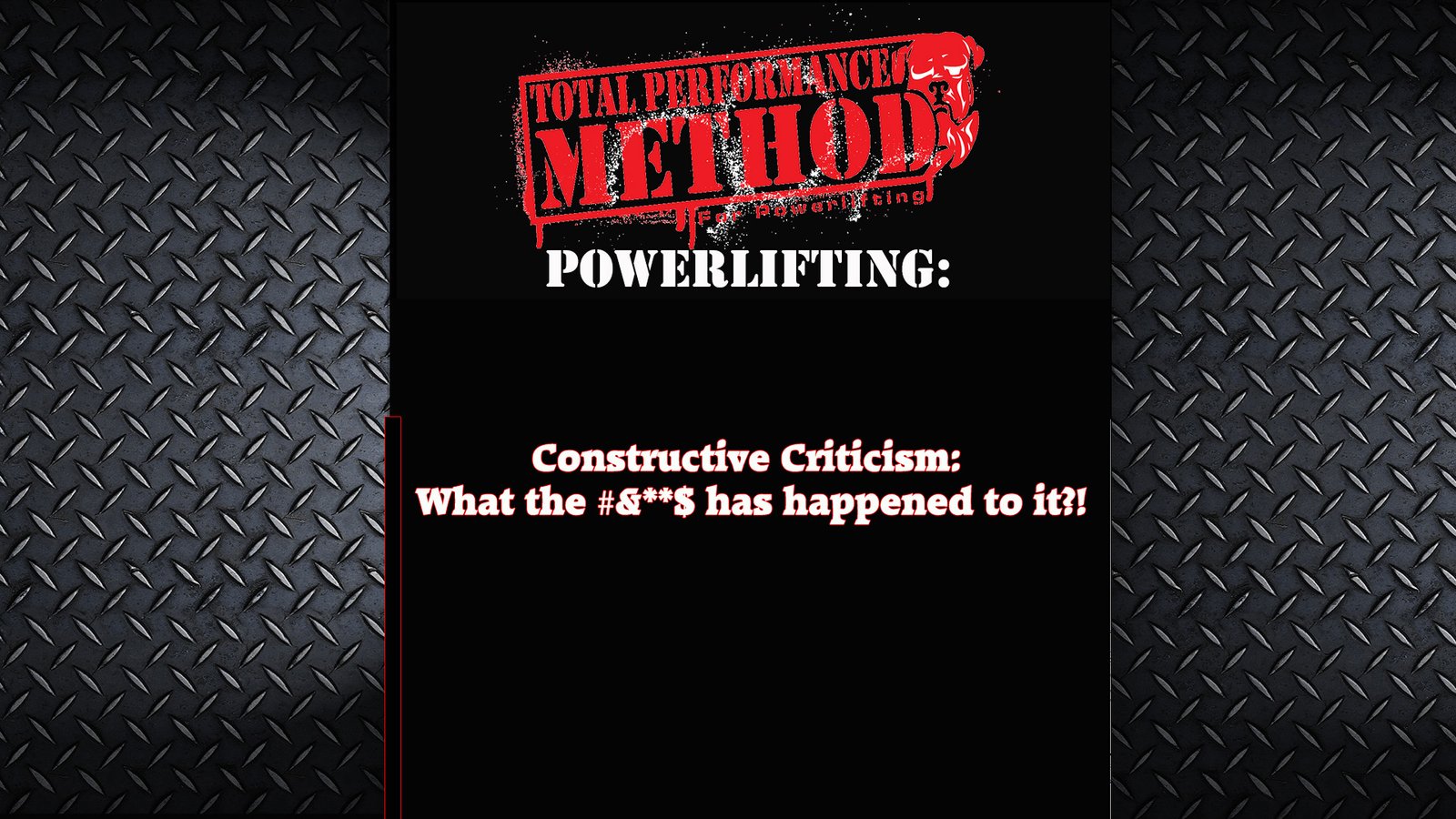by Art McDermott of Matrix Strength and Fitness
There are really two groups of athletes out there now that school has started.
Group 1 – Athletes who are in-season right now
Group 2 – Athletes who are preparing for sports in the winter or spring only
Let’s look as questions dealing with both groups.
First Group 1 – the busy in-season athlete
Q. Mom asks, “What actions can we take to decrease the likelihood of injury during the season?”
A. Resistance training, including programs targeting knee and hip stability to reduce ACL tears, have been shown to reduce injury rates up 70%!
Q. Dad chimes in, “What are you doing right now to retain or build muscle mass during the season?”
A. Guess what? Same answer: in-season resistance training, designed properly, can help you retain muscle mass built during the pre-season. Athletes can lose up to 10% of their hard-earned strength levels in just a few short weeks away from the weight room.
Q. Ryan complains, “Art, I understand the need for training, but I don’t have a lot of time. What do I do?”
A. A properly designed in-season program should take only 45 minutes to complete! It does NOT include conditioning. The athletes are getting plenty of this at practice time. You hit all the major muscle groups in two 45 minute sessions per week. This will be enough to sustain muscle mass over the course of an 8-10 week season.
Group 2 – the dedicated pre-season athlete
Q. “What should I be working on if I have plenty of time before my season starts?” asks Adam.
A. The early pre-season is dedicated to five major activities: 1. Increasing functional muscle mass
2. Strength development
3. Some power work
4. Progressive conditioning work
5. Corrective movements
Also, if there are any imbalances, injuries or weaknesses in the athletes system, now is the time to focus on them.
Q. “Should I be doing a lot of running right now in the pre-season?” asked Sydney.
A. Yes and no. Early in the preseason, the priority is on muscle growth and regeneration. A lot of cardio work during this period is contrary to this goal. Aerobic work will inhibit muscle growth, so you may actually be working against yourself if you attempt to develop both traits at the same time.
As you move closer to the start of the season, the volume of lifting decreases and more power movements are introduced while the volume of conditioning gradually increases.
Q. “I think I need a lot of core training, can we do this every day?” begged Mark.
A. This is a bit of a pet peeve with me. People need to remember that the abs are a muscle like any other, just like you would not train your biceps every day, neither should you train your abs daily. Another consideration is that many other exercises the athlete should be doing in their workouts are abdominal exercises in themselves. For example, deadlifts, squats, and even plyometric work (jumping) are VERY powerful abdominal movements. Finally, the sports movements themselves are abdominal in nature. That means, you work your abs when you practice your sport. Summary: hitting the torso work from various angles roughly two times per week– when done correctly– is plenty.







Leave A Comment